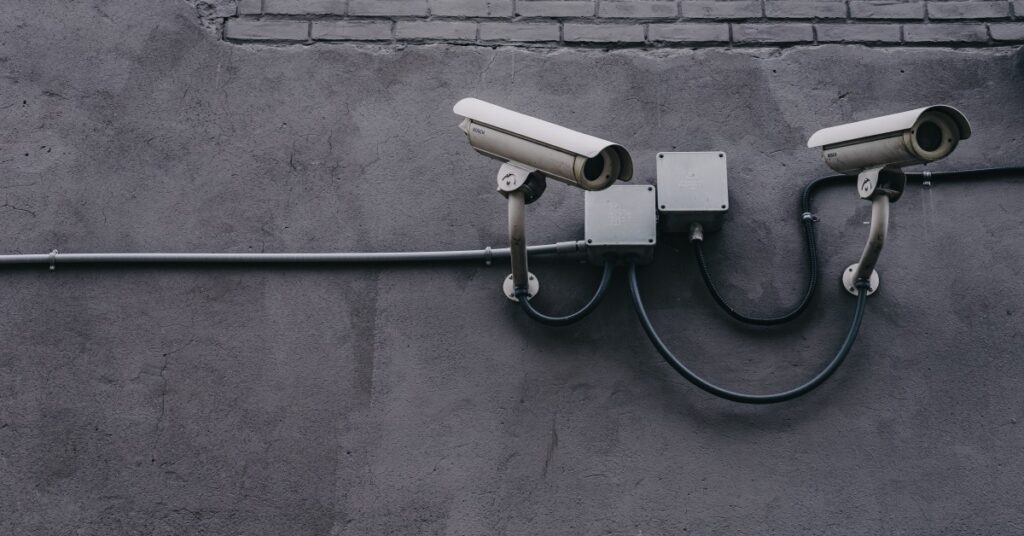
What Jobs Can You Get With a Master's in Homeland Security?
Homeland security involves more than patting down travelers whose metal [...]
There are 206 law schools in the United States currently accredited by the American Bar Association (ABA); three are awaiting full approval from the organization, while a few dozen more aren’t seeking it.
Historically, ABA-accredited law schools have been more competitive — in terms of admissions as well as outcomes — than their non-accredited counterparts. Given the recent decline in law school applications, however, some accredited schools are becoming less selective, a trend brought about by financial pressures and the need for more tuition dollars.
According to a recent Law School Transparency report, a rapidly-increasing number of law schools are accepting students with LSAT scores that qualify them as candidates at high risk of not passing the bar exam. Of 203 accredited law schools, just nine had LSAT score averages (for the 50th percentile of admitted students) that placed them in the “serious risk category.” Now, 37 do. That’s a four-fold increase, and now about one-fifth of incoming accredited law school students are unlikely to pass the bar exam, or — despite their significant investments of time and money — ultimately practice law.
That said, accreditation is one important indicator of a school’s history of success in graduating qualified future attorneys. Prospective law students often wonder about the differences between an ABA-approved law school and one that doesn’t have this certification — and whether they would be wasting their time and money if they were to attend a non-accredited school.
In order for a law school to earn — and maintain — its ABA accreditation, it must meet the standards set by the organization’s Council and Accreditation Committee of the Section of Legal Education and Admissions to the Bar. When the ABA grants accreditation to a law school, it is essentially telling the world that that institution offers a “sound program of legal education{: target=”_blank” rel=”nofollow” },” one that meets the high professional standards of the association.
In addition, every jurisdiction in the United States automatically allows graduates of any ABA-accredited law schools to sit for their bar exams.
| University and Program Name | Learn More |
|
The George Washington University:
Master of Studies in Law
|
A law school must operate for at least a full academic year before applying to the ABA for approval. The council mentioned above then evaluates the program’s offerings. If these meets the standards the ABA has outlined{: target=”_blank” rel=”nofollow” }, then the school is given provisional approval, which it will retain for at least three (and up to five) years while subjecting itself to further ABA supervision. If a school has not aligned itself with the ABA’s standards within five years, its provisional approval is terminated (though in rare circumstances the ABA will issue an extension).
In the third academic year after a school earns full approval, the ABA will conduct a site evaluation, which it will then repeat every seven years to ensure compliance with its standards.
These standards have been revised as of the 2015–2016 academic year, and they remain extensive. There are 53 standards in total, each with at least one suggested interpretation (though some entries list up to five). They’re also highly specific — prescribing the roles of administrators and professors, explaining the required core curriculum and teachable electives, and scrutinizing the accessibility of library volumes stored off-site. The full list of updated standards is available for public viewing.
It’s worth noting that students who graduate from programs while they’re in the provisional approval stage are given the same benefits as alumni of ABA-approved schools, even if their schools ultimately fail to earn full approval. Along these same lines, students who graduate from schools lacking any kind of ABA approval do not receive retroactive benefits, even if their schools are later granted provisional or full approval.
Unaccredited schools share one common characteristic: They do not have to comply with the ABA’s policies across a range of areas:
Law schools that are not accredited do not have to meet the standards set by the ABA. This does not necessarily mean that these schools do not provide their students with a fine education, but it does mean that they may not have the resources to provide the facilities, clinical programs, career services, and counseling support that the organization requires for approval.
Some unapproved law schools offer distance and online learning options (which ABA-approved schools are barred from doing); some allow students to take only one or two courses per semester.
A lot of unaccredited schools offer four-year programs rather than three, to accommodate students working full-time while attending. Four-year programs are relatively rare among ABA-approved schools, they do exist. Unapproved schools may also let students extend their time in law studies beyond the 84 months (seven years) that the ABA sets as an upper limit.
Typically, admissions standards are less stringent at law schools that are not ABA-approved. As a result, the students attending these schools will be less competitive in terms of their academic credentials and LSAT scores.
Generally speaking, unaccredited law schools are also less prestigious in terms of reputation and, as a result, the career opportunities for their grads will likely be relatively limited. (They may also be limited geographically, but more on that later.)
If it is a student’s goal to land a job in a large corporate law firm in New York City, Chicago, Los Angeles, Miami, or Dallas — or to become a law professor at a highly-ranked law school — then attending an unapproved law school is likely not the best first step.
The tuition at unaccredited law schools is generally much lower than it is at most ABA-approved schools, which will run students anywhere from $30,000 to $55,000 a year for three years. Schools lacking the ABA’s approval, on the other hand, may charge as little as $3,000{: target=”_blank” rel=”nofollow” } per year.
The two types of schools differ as to their rules concerning student employment, too. ABA-approved schools do not allow first-year law students to work more than 20 hours a week, while no such limits exist at schools without accreditation. Critics of the ABA approval process argue that this makes attending law school very difficult for students from low-income backgrounds.
A major criticism of schools lacking accreditation involves dropout rates. According to an investigative report from the Los Angeles Times, students at unaccredited California law schools are three times likelier to drop out than those attending approved schools. As a result, they’re likely to accrue debt — albeit to a lesser degree — without the lucrative job prospects that a law degree may provide.
Nearly all law school grads, regardless of the institution they attended, have to pass the bar exam in their law school’s state in order to practice. (An exception to this rule is for those who receive a diploma from Wisconsin law schools — where a policy called diploma privilege requires students only to graduate to be allowed to practice in that state. They still have to pass the Wisconsin bar exam if they want to practice elsewhere.) One of the most significant differences between ABA-approved law schools and their unaccredited counterparts, however, is that graduates of the latter may not be able to practice law outside of the state in which they attended law school. It may go without saying, but this limitation may have a substantial influence on job prospects and marketability.
Attending an unapproved school makes sense for some people, however — those firmly tied to their home states in which their best option is unapproved. Some students may plan to spend their entire professional careers in a given region, and they may also know the type of law they aspire to practice. In such cases, these limitations may not present a problem. For those unsure about where they’ll land, an ABA-approved law school presents more future options.
If the prospect of large amounts of looming debt — not to mention the lack of opportunity to work while attending law school — is prohibitive, an unaccredited law school may also provide affordable higher education, in many cases concurrently with a full-time job.
Given the financial peril in which many accredited law schools now find themselves, their risk threshold for acceptance has, in a substantial number of cases, grown increasingly similar to that of their unaccredited counterparts. That is to say, some of the differences between the two may become less stark — unless and until the ABA modifies its criteria, or law school admissions become more competitive.
Before students apply, they should be confident that they’re up for the challenges that law school will present. And research is key. It’s advisable to find out where graduates and students work — both in terms of practice areas and geographically — as well as their salary ranges. Investigate the academic and career support services the schools offer. Ask admissions officers for current student contacts. Visit different schools, and sit in on classes. Observe how students and faculty interact, as well as how students interact with one another.
Finally, all students should figure out whether they are high-risk candidates at the schools they’re considering, and determine their individual comfort levels and risk thresholds. Then: apply!
Exploring your law school options on Noodle: Try out the free and customizable <a href=”https://www.noodle.com/law){: target=”_blank” }. You can also find more great advice from other [Noodle Experts](https://www.noodle.com/experts” target=”_blank”>law school search tool.
Questions or feedback? Email editor@noodle.com

Homeland security involves more than patting down travelers whose metal [...]

Master's in homeland security degree programs are relatively new; the [...]

Graduates of both criminal justice and homeland security advanced degree [...]

From criminal justice to policy and human rights, these fields [...]

From LSAT tips to can't-miss lectures from law school faculty, [...]
Categorized as: Law & Legal Studies, Criminal Justice & Legal Studies